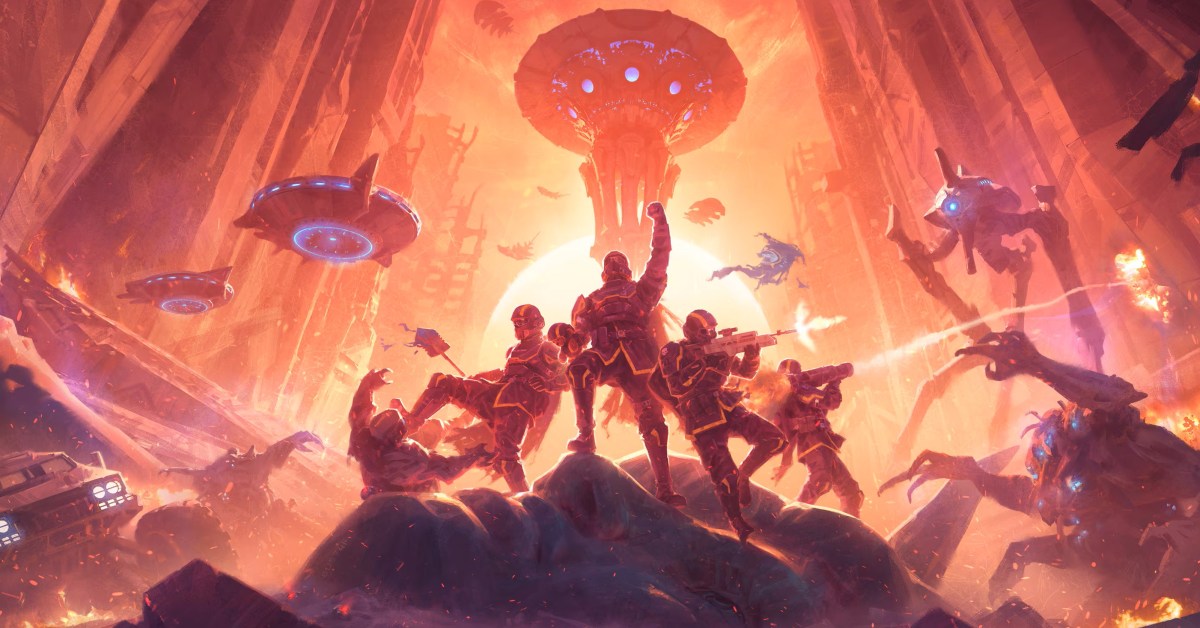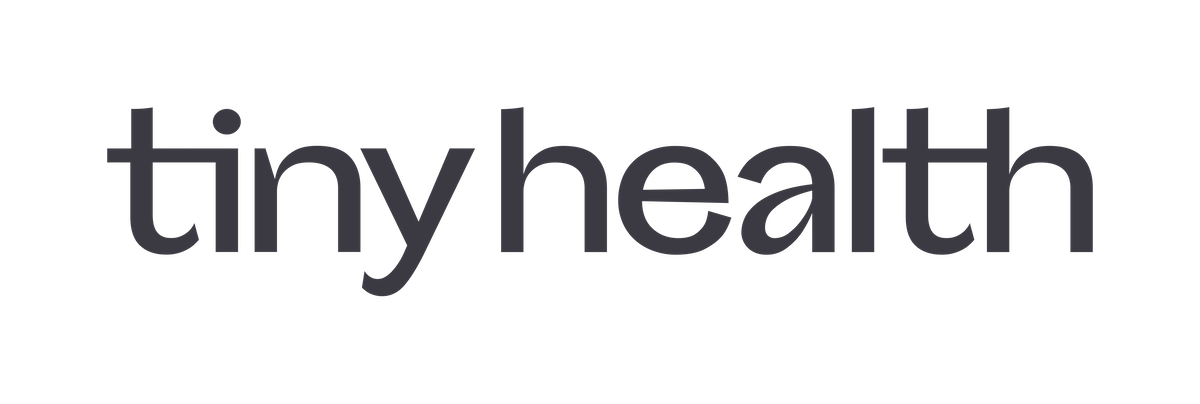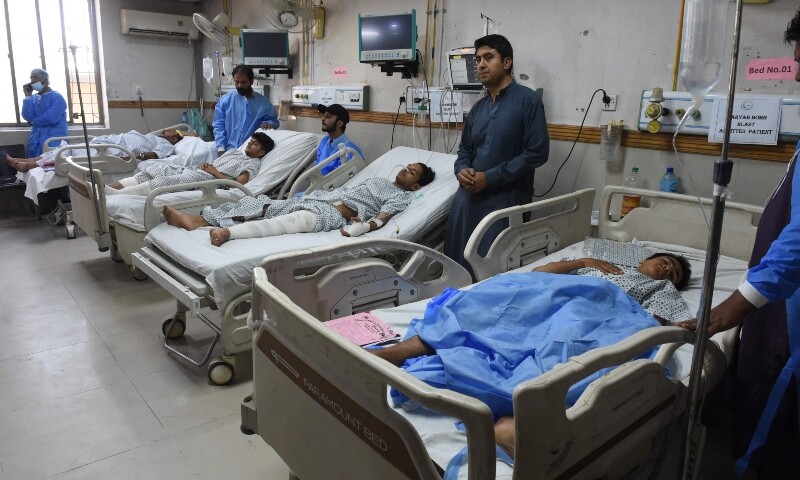By Myra P. Saefong
Assets under management for bitcoin ETFs have been quickly catching up to those for gold ETFs
Gold futures settled Tuesday at a record high, while bitcoin rose to a record highs in mid-August.
Gold has climbed to fresh record highs, but bitcoin has proved to be a worthy rival, as assets under management in exchange-traded funds for the cryptocurrency have been quickly catching up to those of the safe-haven staple.
Investor appetite has been strong for both, although central-bank buying of the precious metal has contributed to its significant outperformance versus bitcoin so far this year.
Still, the ETF structure for bitcoin has “legitimized it for many investors,” said Louis LaValle, co-founder and chief executive officer at Frontier Investments, adding that the recent run-up for the cryptocurrency reflects both “broadening acceptance and speculative positioning.”
In the few years that bitcoin ETFs have been around, assets under management for major bitcoin exchange-traded funds have seen a sharp climb, rivaling that of AUM in gold ETFs, according to a chart from Bespoke Investment Group posted on X late last week.
The first bitcoin futures ETF, the ProShares Bitcoin ETF BITO, was launched in 2021, while spot bitcoin ETFs, which directly hold the cryptocurrency, were approved in January 2024. Those include Bitwise Bitcoin BITB and the iShares Bitcoin Trust IBIT ETFs.
AUM for eight gold ETFs, including the largest – SPDR Gold Shares GLD – have climbed to nearly $180 billion, and AUM for eight bitcoin ETFs, including iShares Bitcoin Trust, recently touched a high near $160 billion, based on a Dow Jones analysis of FactSet data. That’s impressive considering the short time bitcoin ETFs have been in existence.
This chart tracks assets under management in billions of dollars for eight bitcoin ETFs and eight gold ETFs. The sharp rise in bitcoin ETFs’ AUM in early 2024 coincides with approval of spot bitcoin ETFs by the Securities and Exchange Commission.
“Bitcoin has captured some of gold’s market share, particularly among younger investors and those with higher risk tolerance,” LaValle told MarketWatch.
Bitcoins, however, “aren’t perfect substitutes,” he said, pointing out that central banks bought more than 1,000 metric tons of gold last year and “zero bitcoin.”
Those central-bank purchases of gold last year were at nearly triple the historical average, while at the same time, central banks reduced their holdings in U.S. Treasurys, he said.
“That distinction matters,” LaValle said.
“Gold has proven a track record through multiple financial crises dating back centuries,” he said. “Bitcoin’s track record is 15 years, and most of that in a liquidity-driven bull market.”
Still, the “positive, simultaneous price movement between bitcoin and gold likely means they’re both trading on the same thesis now – current debasement concerns,” said LaValle.
Bitcoin’s rise
It’s tough to ignore just how quickly interest in bitcoin has grown.
“Bitcoin has had U.S. regulatory tailwinds that have helped prices increase this year, and adoption is growing,” said Aakash Doshi, global head of strategy at State Street Investment Management. Earlier this year, for example, U.S. President Donald Trump established a strategic bitcoin reserve.
Both gold and bitcoin can benefit from a weak U.S. dollar and alternative fiat demand, but gold is a “low-volatility reserve asset,” so if the U.S. is headed into stagflation or a real growth slowdown, then gold is a safe haven, Doshi told MarketWatch.
Gold futures (GC00) (GCZ25) on Tuesday settled at a record high of $3,592.20 an ounce on Comex, up 36% for the year so far. Bitcoin, meanwhile, last closed at a record high of $124,495.51 on Aug. 14, according to a Dow Jones Market Data analysis of CoinDesk data. At $110,670 in Tuesday trading, it was up 18.5% year to date.
Bitcoin’s fundamentals are solid, with “adoption and scarcity driving long-term growth,” said Max Baecker, president of American Hartford Gold. “Recent rallies past $110,000 highlight investor appetite amid Fed and macro catalysts, though volatility remains high.”
Bitcoin can outperform gold in the short term, especially during “speculative rallies or moments of strong digital adoption,” he said, but its extreme volatility means those gains can “reverse quickly.”
Far from a ‘gold rush’
Meanwhile, inflows of new money into gold have been strong, though well below the surges of the 2008 financial crisis or the COVID-19 pandemic, said Adrian Ash, director of research at BullionVault.
Given that, “gold’s relentless bull market remains far from a gold rush,” he said. Inflows of new money are “being matched by existing investors choosing to sell at gold’s new record highs.”
Gold demand overall in August, net of selling, was practically zero by weight, and in total, the number of private investors buying gold across the month slipped 5.3% to the fewest since January, while the number of sellers dropped only 3.5% to the fewest since June, he said.
That lowered BullionVault’s Gold Investor Index – which offers insight into investor sentiment in physical bullion – by 0.3 point to 53.9, the lowest reading in seven months, according to Ash, though any reading above 50.0 signals more buyers than sellers.
New U.S. investing in gold, meanwhile, was “muted again,” Ash said, falling by 14.3% from July and dropping 27.4% from its 12-month average.
In recent commentary, Ross Norman, chief executive officer at Metals Daily, said that what makes gold’s bull run “most extraordinary” is that it has seen low participation, as far as Western investors have been concerned, at the institutional and retail levels.
It’s a sort of “stealth rally,” he said. Seen from afar, “Asians clearly have a very different perspective and their conviction is certainly much higher.”
BullionVault’s Ash said the lack of U.S. investor interest in gold is “ironic given that Trump is playing such a key role in driving up prices.” While Trump’s domestic, foreign and trade policies are clearly supporting further inflows to gold from central banks and Asian wealth, “they’re only part of a deeper, long-term fracturing of the global geopolitical system,” he said.
“The resulting mistrust and uncertainty look set to continue supporting and driving gold prices higher,” Ash said.
Bitcoin vs. gold debate
When it comes to whether bitcoin or gold is a better choice for investors, Juan Leon, research analyst at crypto index fund manager Bitwise, said that would depend on their “mandate and risk tolerance.”
As to which is the better choice for investors – bitcoin or gold – the ‘answer is not either/or, but probably both.’Juan Leon, Bitwise
Gold offers stability and proven crisis hedging, he said, while “bitcoin offers asymmetric upside, a faster adoption curve and macro risk-hedging potential.”
So for most investors, the answer to which is the better choice is “not either/or, but probably both,” said Leon.
What’s driving both right now is the same macroeconomic theme: “declining confidence in sovereign debt,” said Frontier Investments’ LaValle, and central banks buying gold at these levels demonstrates that they’re more worried about currency debasement than price. “That same dynamic supports bitcoin, but through retail and hedge-fund flows rather than sector rotation.”
He continued: “As long as that theme persists, both can work, but for a more conservative investor, gold’s institutional backing and longer track record make it the more reliable hedge. Bitcoin’s the higher beta play on the same thesis.”
-Myra P. Saefong
This content was created by MarketWatch, which is operated by Dow Jones & Co. MarketWatch is published independently from Dow Jones Newswires and The Wall Street Journal.
(END) Dow Jones Newswires
09-03-25 1347ET
Copyright (c) 2025 Dow Jones & Company, Inc.









